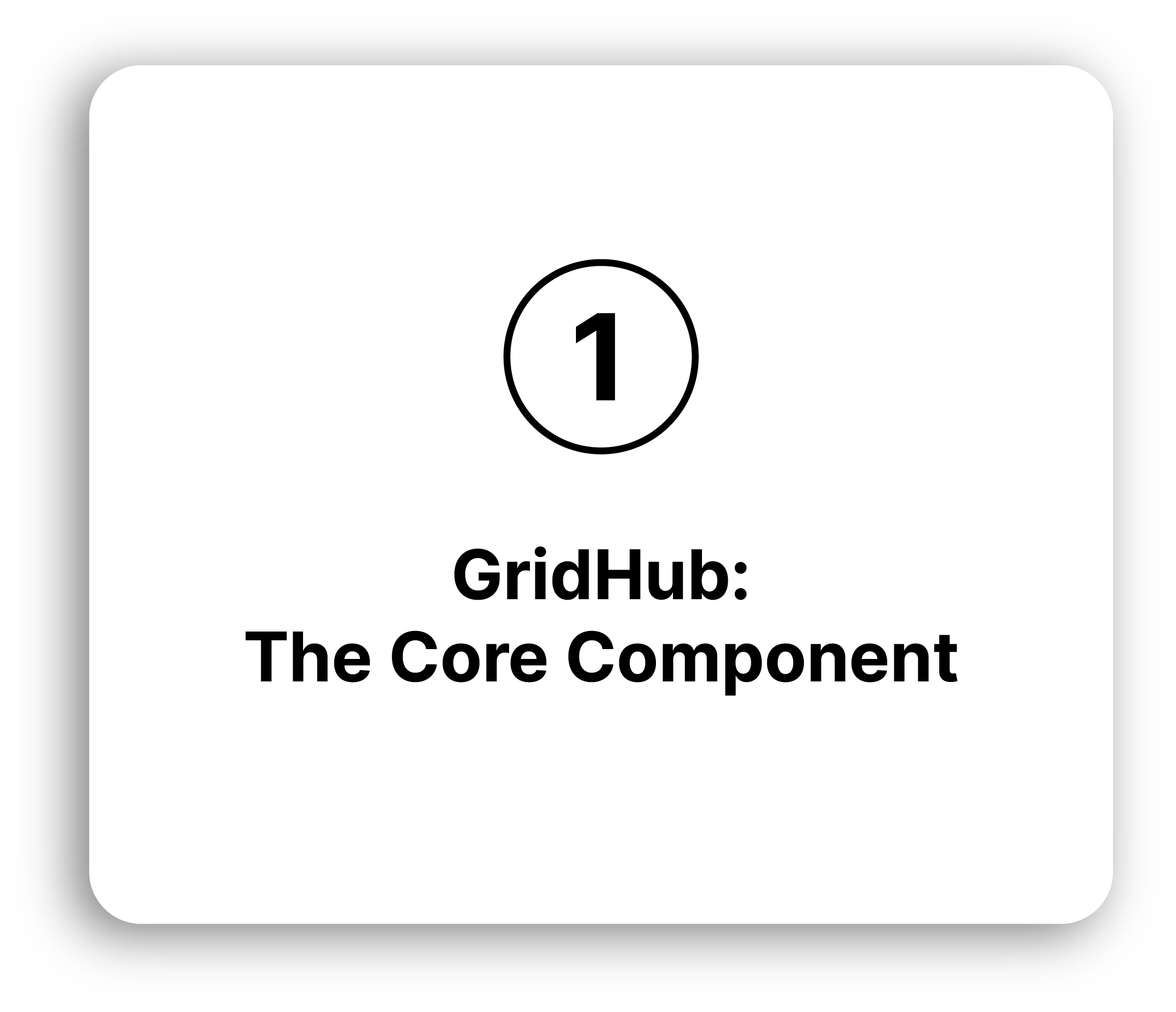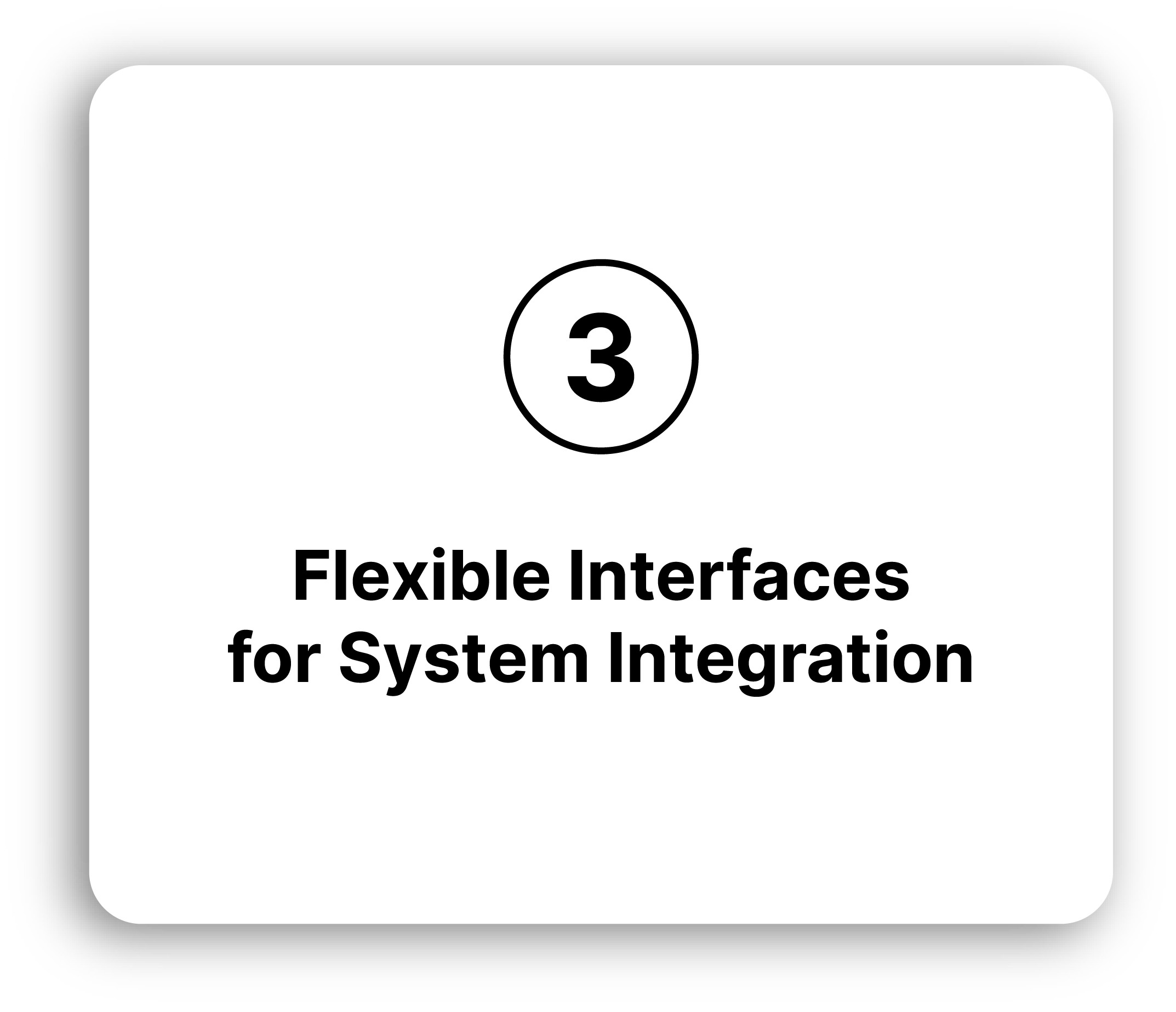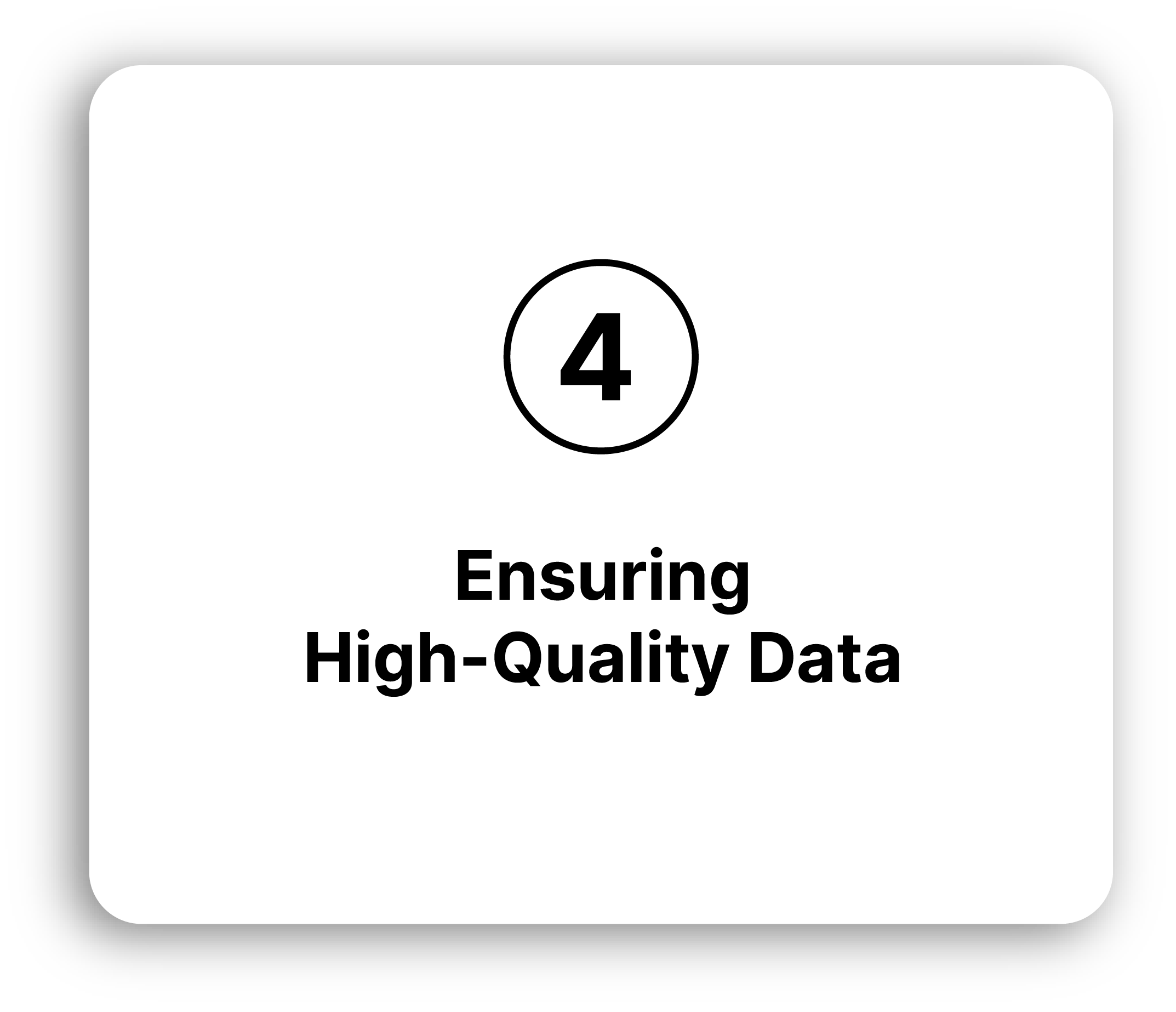One statement we hear again and again from grid operators: „We have the data – but it's spread across five different systems.“
GIS, ERP, SCADA, CRM – each system only shows part of the picture. When it comes to understanding the grid as a whole, the limits become clear. Some describe it like a puzzle assembled from pieces from different boxes: nothing quite fits together.
This is exactly where the digital twin comes in. It brings together everything that's often siloed: grid topology, assets, load profiles, measurement data – all combined into a consistent model to use for simulations and analysis. No more patchwork – but rather a comprehensive digital representation of your distribution grid, updated on a daily basis.
This foundation is what makes many digital processes possible in the first place – whether in grid planning, operations, or asset management. Because without a shared understanding of the grid, every optimization remains fragmented and incomplete.
And it’s this shared understanding that makes all the difference in our customer projects.
How is the digital twin created at envelio?

At the heart of the digital twin is the GridHub – our platform that integrates, cleans, and transforms all grid data from various systems into a simulation-ready grid model.
This is not a static data repository, but a dynamic, synchronized environment that continuously updates in response to changes in source systems.
All applications within the Intelligent Grid Platform access this very model – consistently, version-controlled, and centrally managed.

To build a high-fidelity digital twin of the grid, GridHub requires detailed input data of what is actually happening in the grid, including:
- Grid topology and geo data – including normal switching states and feeder routes
- Asset-specific details such as location, type, capacity, and current-carrying capability of cables, substations, and transformers
- Information on grid participants such as PV systems, EV chargers, or heat pumps – including technical parameters and connection details
These data points are collected from different source systems, including GIS, ERP, asset management systems, CRM platforms, and smart meter backends, and then united in the GridHub.

To keep the digital twin up to date, data needs to flow regularly and reliably from all source systems. Standard format like CIM or CGMES are helpful – but in practice, they are more guidelines than mandatory standards. This makes a plug-and-play data exchange often quite difficult.
That’s why we take a different approach at envelio: with our modular Data Shipper Framework, we integrate each customer’s systems through standardized, reusable modules that are tailored individually. This ensures a stable, transparent integration process – without requiring manual data prep.
We handle the full implementation – from interface setup and data processing to delivery into the IGP. All the grid operator needs to do is provide access to the data – in any format.
Thanks to this framework, we’ve successfully integrated more than 60 different systems to date, including GIS, ERP, and SCADA systems as well as tools from providers like Mettenmeier, Lovion, Smallworld, SPIE, and Smight.
The result is a reliable and scalable data pipeline – automated, transparent, and built around your needs.

Whether a grid model is reliable often only becomes apparent when looking at the complete picture. Individual datasets might look fine on their own – but errors often become visible only once everything is brought together in the digital twin.
That’s why envelio applies a two-stage quality control approach:
1. Pre-checks before model creation
Our IGP automatically checks every dataset for completeness and plausibility. Inconsistencies – like unrealistic transformer capacities or missing mandatory fields – are flagged, and many of them can be corrected directly by the system.
2. Validation of the complete grid model
Once the data is merged, the grid structure is thoroughly validated. Are all grid areas connected properly? Any open ends or missing links? Automated checks – such as grid tracing and load flow simulations – are applied here. The latter help systematically uncover critical issues like non-converging networks or unrealistic loadings.
Errors aren’t just logged – they’re documented and re-checked with every new import. This enables targeted corrections in the source systems, benefiting not only the IGP but also other platforms across the organization.
Reservations for planned connections can also be taken into account – ensuring that the model remains closely aligned with the actual grid conditions.
GIS data, grid calculations, and SCADA – without a shared view?
Our digital twin brings it all onto one platform. For consistent planning, reliable operations, and faster decision-making.
This is how data turns into a practical tool
Grid studies and strategic grid planning
A complete, simulation-ready grid model is essential to simulate realistic scenarios, identify critical areas early, and prioritize investments efficiently.
Automating connection requests evaluation
Whether PV, EV charger, or heat pump – new connection requests can be evaluated directly within the digital twin, quickly and in full compliance with local regulations, without unnecessary manual effort.
§14a EnWG control measures
Targeted curtailment measures require full visibility into grid load and switching states. The digital twin provides the basis for automated, non-discriminatory control processes.
Grid monitoring and state estimation
Enriched with real-time measurement data, the digital twin becomes the operational backbone – supporting switching decisions, maintenance planning, and congestion detection.
PlanOps-Approach: Planning + Operations
When grid planning, operations, and asset management use the same model, processes become aligned, reaction times shorter, and grid management more integrated.

Reservation management for planned projects
Grid operators must often allocate capacity long before projects go live. The digital twin from envelio helps manage that proactively.
Approved but not yet connected projects can be added as their own layer within the model – and so can planned grid reinforcement measures. Instead of managing this data in siloed tools, reservations and planned measures are embedded directly in the model, where they can be taken into account across all projects.
This brings clarity, avoids double-reservations, and turns the grid model into a tool for anticipatory planning.
Want to learn more?
We’re happy to explore how a digital grid model can work in your existing system landscape – based on your current structure and challenges.
Schedule a consultation from one of our experts – with no commitment.
Ihr Kontakt
Dr. Tobias Falke
VP Global Sales & Marketing



